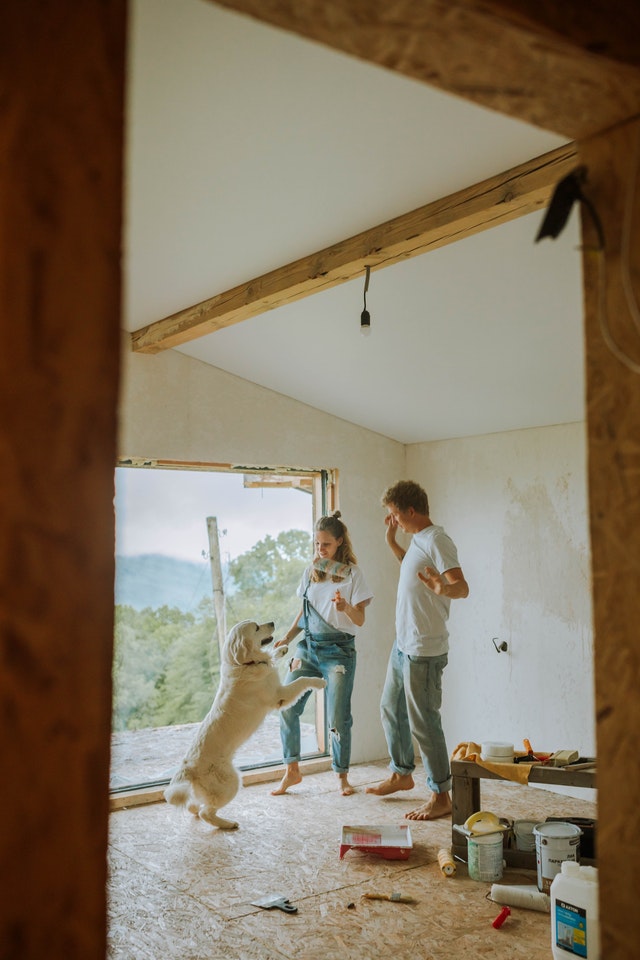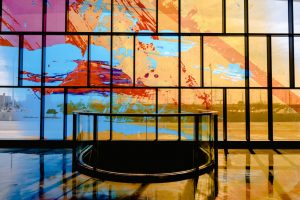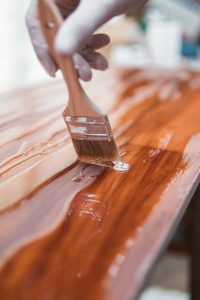 Constant remodeling is not necessary to revitalize your home’s facade; just the right combination of colors can make your exterior stand out from the rest, not just for a season but for many years.
Constant remodeling is not necessary to revitalize your home’s facade; just the right combination of colors can make your exterior stand out from the rest, not just for a season but for many years.
Exterior colors are vital to the image of your home, something that many do not give the value it deserves. However, here you will learn some tips and suitable combinations for your home; we are sure that some of these recommendations will go hand in hand with your style.
Field Or City
The first thing we must identify is the surrounding environment; the exterior paint and the colors we choose will not have the same effect in the city as in the countryside. In the case of the big city, the most subtle colors will give a touch of elegance and exclusivity to our home. While in the field, more striking combinations are usually recommended to stand out from nature.
Colors For Urban Spaces
The trio of calm: gray, brown, and blue colors are ideal for giving your facade a look of tranquility and elegance. In addition, these shades reflect a serious and honest personality, which goes very well in the city. As a bonus, you can add a pearl tone to details such as the corners and around the windows, giving your facade a touch of originality.
Colors For Rural Spaces
Now we go to the other extreme of colors; as we mentioned before, combining tones that stand out is ideal for the countryside. But there is also the possibility of choosing a palette that blends in if you want privacy, for example, if you have a cabin in a wooded area.
 Navy blue, oxide red, and oxide orange are some of the most outstanding options that will compete, in a positive way, with the environment. And in this way bring more joy to the color palette of nature.
Navy blue, oxide red, and oxide orange are some of the most outstanding options that will compete, in a positive way, with the environment. And in this way bring more joy to the color palette of nature.
Also, the quarry tones, rust yellow, and Neapolitan tones are ideal for standing out in open spaces, turning your home into that house that nobody forgets when traveling the country by road. Let your home become a postcard on travelers’ Instagram.
Now, if what you like are wooded areas, we recommend a coffee, agave, or steel as a base with some touches of chantilly or white. These colors will make your home one with nature, providing the privacy you want. By the way, the most recommended type of paint for the city and the countryside, especially the latter, is mineral paint due to its constitution, which is friendly to the environment.…

 Do you have doubts about using the pastel yellow color in the painting of the walls or the decoration of your house? Do not worry. Now we will see some tips to help you avoid mistakes when using this soft and delicate hue in your home.
Do you have doubts about using the pastel yellow color in the painting of the walls or the decoration of your house? Do not worry. Now we will see some tips to help you avoid mistakes when using this soft and delicate hue in your home. It is a good choice for a bathroom, a place where light and the appearance of spaciousness are appreciated. It is also suitable for other small spaces, such as the entrance, corridors, and laundry rooms.
It is a good choice for a bathroom, a place where light and the appearance of spaciousness are appreciated. It is also suitable for other small spaces, such as the entrance, corridors, and laundry rooms.
 Lacquers Or Varnishes To Paint Stained Glass
Lacquers Or Varnishes To Paint Stained Glass The material known as lacquered glass is nothing more than glass painted on one side with special paint. This way, a very shiny, colored surface with great resistance to friction is obtained on the opposite side. You can create your own lacquered glass by painting one side of the glass sheet with enamel and then using it as a coating on your furniture.
The material known as lacquered glass is nothing more than glass painted on one side with special paint. This way, a very shiny, colored surface with great resistance to friction is obtained on the opposite side. You can create your own lacquered glass by painting one side of the glass sheet with enamel and then using it as a coating on your furniture. What is epoxy paint, and what is it for, its different uses indoors or outdoors, its properties, colors, and finishes? All about one of the strongest points you can find today.
What is epoxy paint, and what is it for, its different uses indoors or outdoors, its properties, colors, and finishes? All about one of the strongest points you can find today. How To Apply Epoxy Paint
How To Apply Epoxy Paint